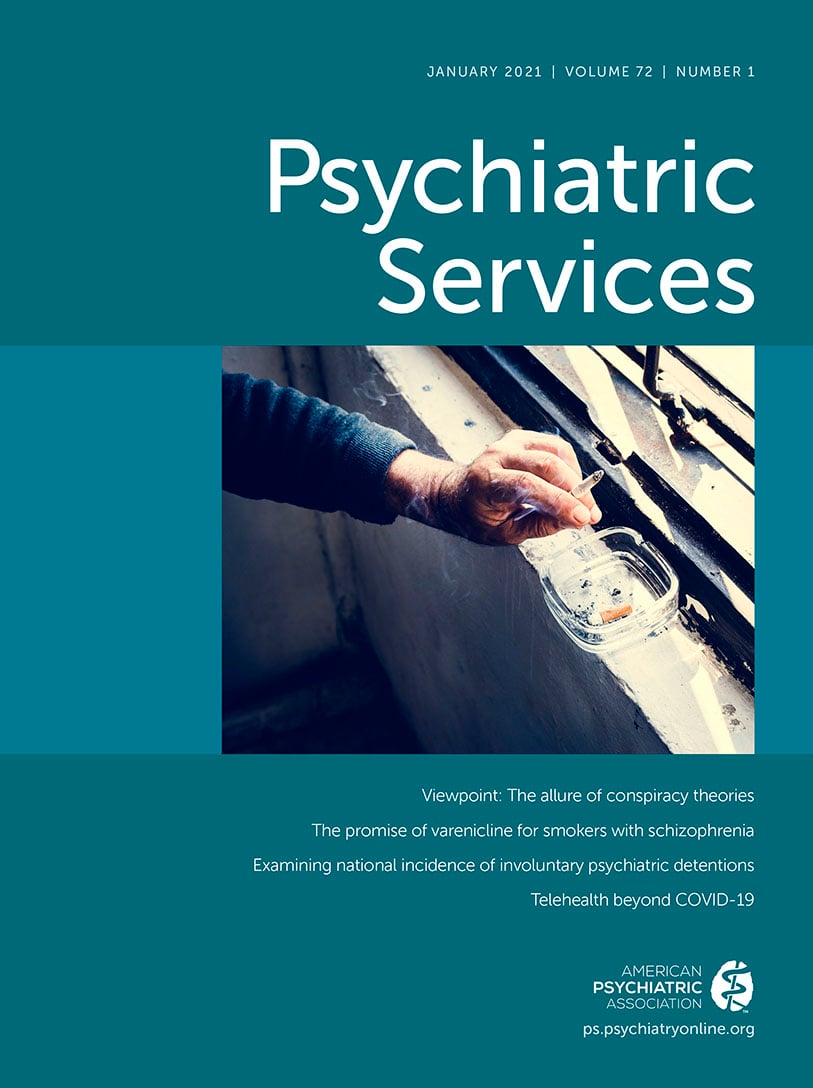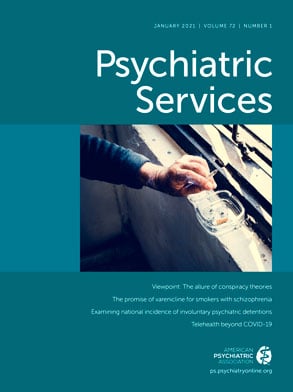Over the past few decades, increased awareness and a steady stream of policy changes have resulted in historic gains in access to home and community-based care for people with autism. The study by Grosse and colleagues (
1), “Spending on Young Children with Autism Spectrum Disorder in Employer-Sponsored Plans, 2011–2017,” provides a relatively up-to-date assessment of trends in utilization. The authors estimated an increase of more than 50% in average spending for children ages 3 to 7 with a diagnosed autism spectrum disorder during the 7-year study period. Critically, the increases in spending were driven by outpatient services and early intensive interventions, and the share of spending on hospital services and pharmacy declined.
These are promising trends, although the authors noted that a majority of children with autism was still not receiving intensive behavioral services in 2017. In addition, important questions remain. For one, are the findings generalizable? The study acknowledges that these trends may not extend to children with public insurance, but there is another population to consider: autistic adults. While children with autism have benefited from the historic gains in policy and practice, adults with autism have received less attention. A systematic review found that less than 1% of the scholarly output on autism between 2013 and 2018 focused on services for autistic adults. The relative dearth of research that focuses on autistic adults originates, at least in part, from fewer funding opportunities. A 2016 report from the National Institute of Mental Health estimated that only 2% of autism research funding in the United States went toward adult-specific issues (
2).
An evidence base that favors children has resulted in a policy process that disproportionately benefits children. For example, nearly every state has passed insurance mandates requiring fully insured employers to cover home and community-based services for autism (
3,
4). Although mandates vary in terms of generosity, they tend to target younger patients by using components such as age caps (
3). In their report, Grosse and colleagues stated that mandates do not explain the increase in utilization because the plans they studied were frequently exempt (i.e., self-insured employers). However, a recent study suggests that some of these firms are nevertheless responding to insurance mandates by increasing coverage for autism service (
4).
Other examples of a policy process that overlooks autistic adults include the widespread reliance on school-based services, which typically disappear on high school graduation, and state-level Medicaid waivers, which sometimes include age caps (3). Meanwhile, less policy attention has been paid to the unique and persistent issues that autistic adults face, including barriers to higher education and employment, inconsistent Medicaid eligibility, and a provider base that is trained to treat children (
5).
Another important question is whether the increases in spending are exacerbating the financial burdens faced by families. Policy instruments such as insurance mandates can counterintuitively increase out-of-pocket spending for autism services, especially among high utilizers (
6). According to Grosse and colleagues’ analysis, out-of-pocket spending increased modestly during the study period. And although the share of total spending paid out of pocket fell, it was over 20% for the median child (a key limitation of administrative claims data is that analyses may underestimate the financial burden that many families are facing). The changing insurance landscape, such as the proliferation of high-deductible health plans, will only increase the likelihood that expansions in coverage are met with unreasonable cost-sharing.
It is encouraging to see the increased utilization of autism services because it is the result of commendable practice and policy efforts. At the same time, research that focuses on young children may create a “Mission Accomplished” mindset, when, in fact, there are persistent and systemic barriers that autistic people and their families continue to face, such as the well-documented services cliff that adolescents with autism face when they enter adulthood (
2,
3). Fortunately, one group that is helping to shed light on understudied areas are adults with autism, who are increasingly self-advocating for more and better research, including studies of transition supports, barriers to independent living, and the need for additional provider training to improve the diagnostic process (
5).
Through renewed, collaborative effort, we can ensure that the evidence base for autism services better reflects the fact that autism continues over the lifespan, acknowledging that gains in access are not one size fits all.

